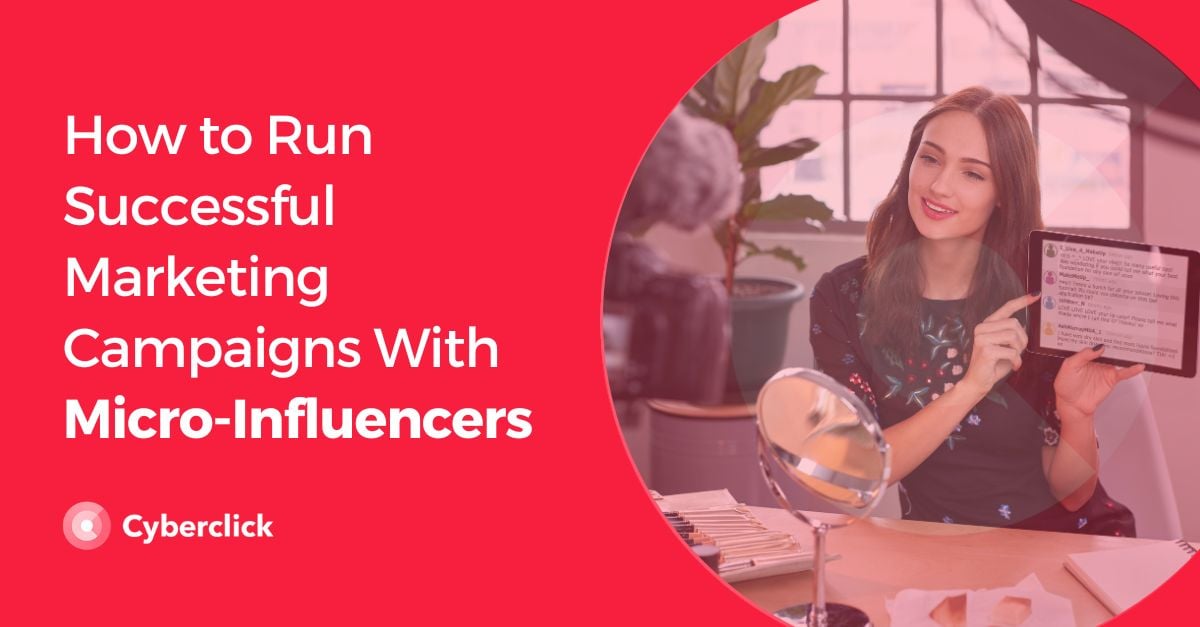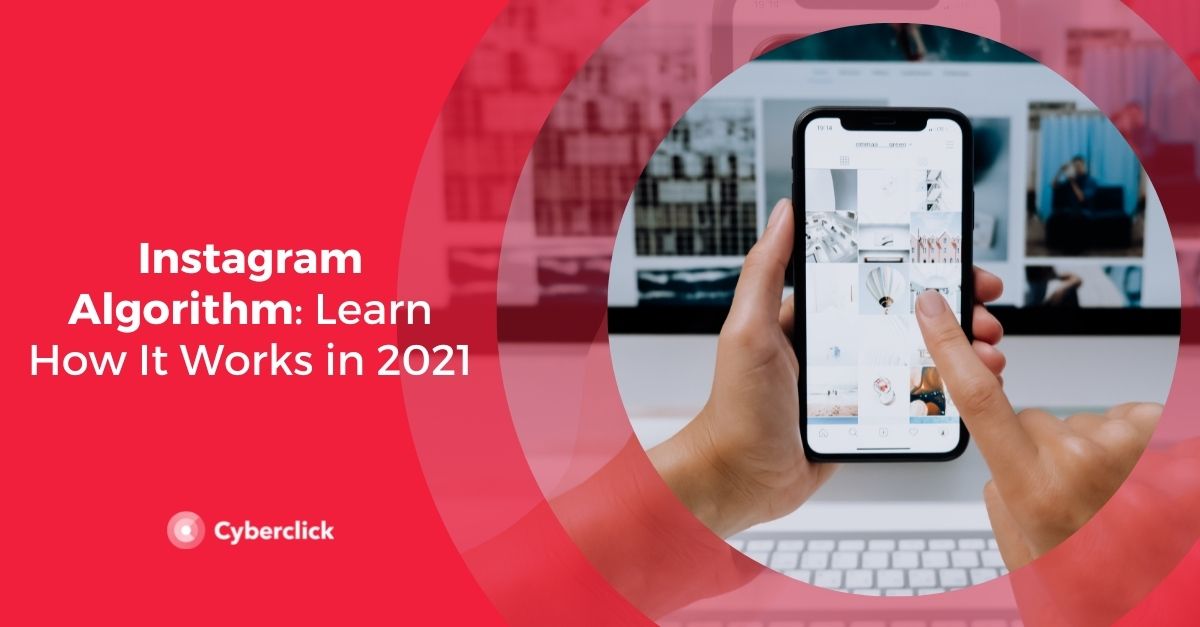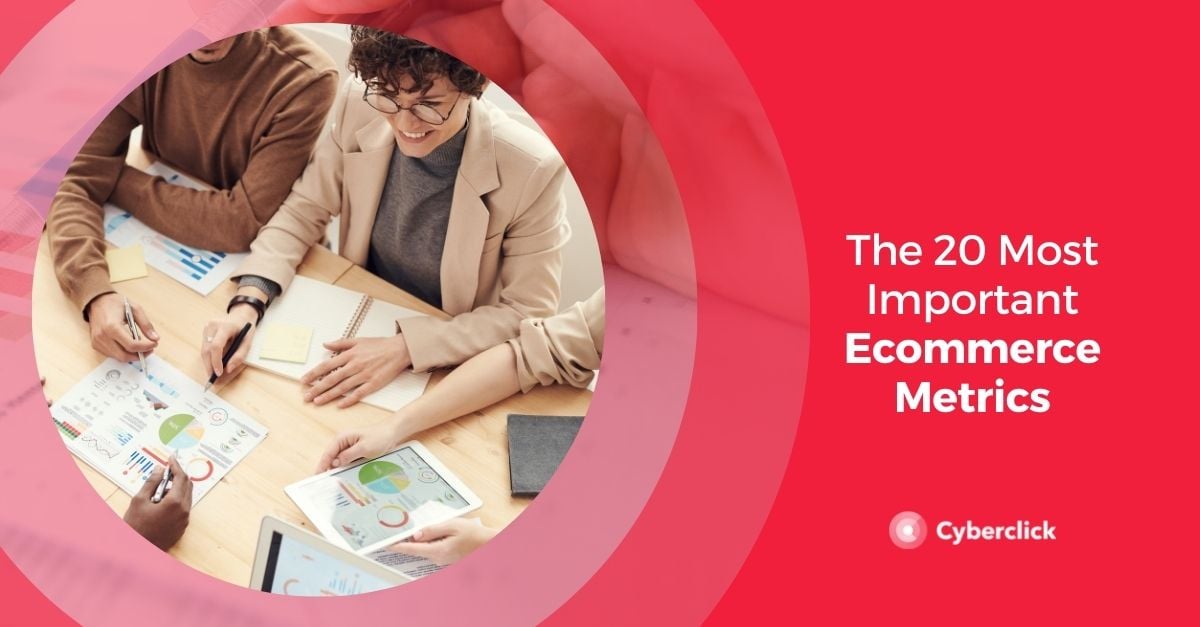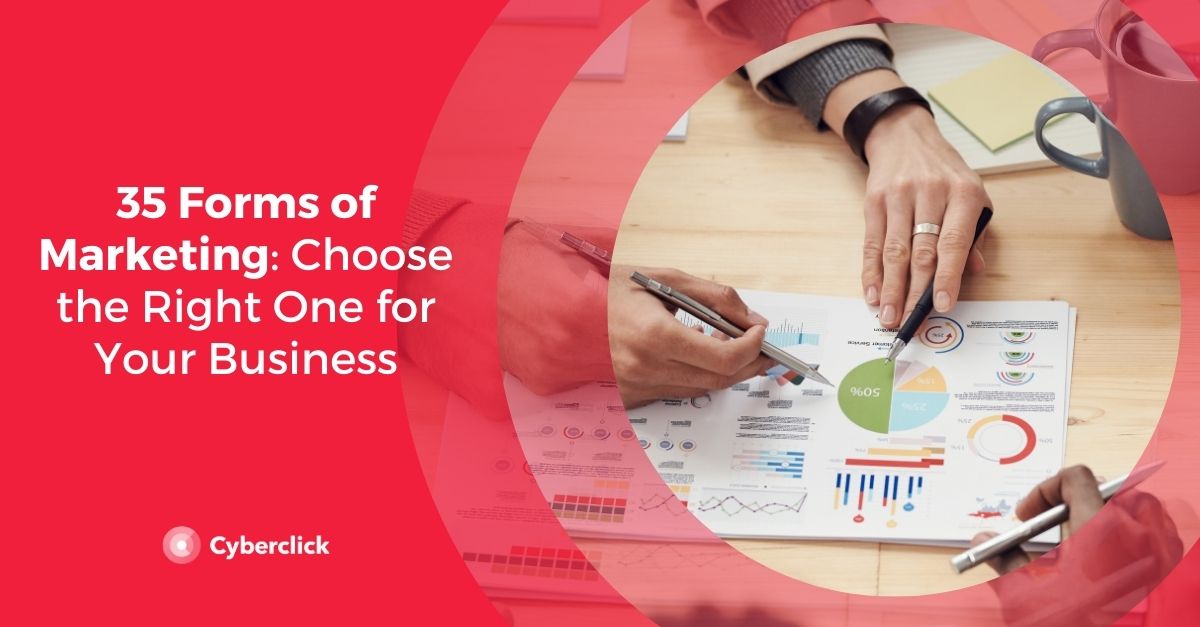In the early days of social media, small accounts on platforms such as Instagram and YouTube shared their day-to-day with followers, creating a close-knit community. As these accounts grew, companies saw an opportunity for influencer marketing.
Today, those accounts have hundreds of thousands or even millions of followers, and it is not possible for all brands to work with them. In contrast, small accounts, or micro-influencers, maintain close connections with their audiences. Therefore, if you are a company interested in collaborating with an influencer but do not have a large budget, we'll tell you how to successfully organize an influencer marketing strategy with a micro-influencer.
What Are Micro-Influencer Marketing Campaigns?
To understand micro-influencer marketing, we need to define what a micro-influencer is.
A micro-influencer is any content creator with 10,000 and 100,000 followers on a social media platform. Marketing campaigns with micro-influencers involve collaborating with these accounts to promote products or services.
Of course, this does not mean that a profile with slightly fewer or more followers cannot be considered a micro-influencer or that it will not be useful to collaborate someone in this category. These numbers indicate that an account with this range of followers has the necessary reach to be worth collaborating with, even if you are on a budget. Despite the numbers, it is always essential to analyze each profile to determine whether it is a good fit for your campaign.
This collaboration or campaign can consist of the following:
-
Creating a video or photograph featuring the micro-influencer talking about the benefits of your product or service and then publishing that content on their profile.
-
Posting that same content on your brand's profile.
-
Post the content on both of their profiles together.
-
Releasing a product line that has been designed in collaboration with the micro-influencer.
Campaigns with micro-influencers are usually paid, but this is not always the case. The more followers the profile has, the more common it is to have established prices, but if the creator still has a relatively low number of followers, you can offer them your products or services for free in exchange for their promotion.
Differences Between Influencer and Micro-Influencer Marketing Campaigns
- Although it all depends on each professional and the agency they work for (most are not managed autonomously), a campaign with micro-influencers is usually cheaper.
- Because of this, you can afford to work with several micro-influencers at a time and not have to put all your eggs in one basket. This in turn gives your campaign greater reach.
- As the price is more moderate and there is less risk, you can experiment in your campaigns and try new techniques, actions, or advertising messages.
- There is greater flexibility throughout the campaign, both in the negotiation process and in carrying out the project.
- It is also common for micro-influencers to focus on a specific niche, such as travel, photography, cooking, video games, etc. Therefore, if your company has a specific target audience, it may be a good idea to run a campaign with this type of profile. Macro influencers tend to have very diverse followers, which may not all be very interested in your brand.
- According to TechJury's list of influencer marketing statistics for 2023, micro-influencers on Instagram have an average engagement rate of 6%, which is much higher than that of macro influencers or mega-influencers.
Advantages of Hiring Micro-Influencers
Stronger Connections: They are very connected to their followers and maintain a much closer relationship with them than macro influencers. They are more authentic, and their posts are not perceived as so commercial, something the audience values.
Credibility: They convey greater credibility to their audience, as they are more natural. This is also because the daily lives of the people behind these profiles are similar to their audience's, and many people can identify with them.
Accessibility: Micro-influencers are more open to collaboration with smaller brands and often offer more flexible options.
Long-Term Partnerships: The relationship between the brand and content creator is usually closer with influencers that have fewer followers since they are not as busy with work and have more time to interact. Generally, they are more open to working on a long-term and continuous basis with a brand.
How to Find Micro-Influencers for Your Business Marketing Campaigns
Search Among Your Own Followers
This is a very good tactic to find profiles that are genuinely interested in your products or services. This guarantees that what you will propose is of interest to them and that their promotion will be real since they are either consumers of your brand or are interested in becoming so.
In addition, if the proposal goes ahead, the person's staging will be much more natural. A good campaign strategy is asking the creator to tell their audience that they already knew or even used the brand before they were asked to collaborate and that they recommend it because they trust it.
If the person has previously posted about your brand without any incentives, it's an added advantage for your campaigns.
Don’t Choose Someone at Random
Many micro-influencers are willing to collaborate but don't make the mistake of proposing campaigns en masse and without criteria. You must choose a creator whose style and values align with yours, which will also help make the campaign look much more natural. To achieve this, investigate the profiles you're interested in and look at their activity and posts to see if they fit with your company.
For example, we advise you to make sure that the creator you are considering collaborating with is not already working with companies that are your competitors.
Turn to Google
To find content creators interested in your collaboration proposals, you not only have to search in the social networks where you want to develop your campaigns. Google can also be a great ally during the selection process.
Use Hashtags
To search on social networks like Instagram, hashtags can be very useful. Many times, small creator accounts include hashtags of your brand in their posts, so you can easily find profiles that are already interested in you. This is why it's very important that, as a brand, you have your own hashtags and encourage your audience to use them.
Analyze Their Interaction With Their Followers
If you have already found a profile that looks like a good fit you, check if their followers interact with their posts. Are there mentions of other people in their photos or videos? Does the content creator respond to comments? Good interaction between the creator and their audience is essential for a campaign to be effective.
Use Influencer Marketing Platforms
These tools can help you find the perfect profile for your marketing campaign. There are large databases of creators of all kinds and algorithms that help you select the right person for your brand. Some of the most popular influencer marketing platforms are Influencity, SocialPubli and Influence4You.
Digital Marketing Strategist en Cyberclick. Licenciada en Publicidad y Relaciones Públicas (URV), con un postgrado en Marketing y Comunicación Online (UAB). Especializada en Google Ads, Social Ads y analítica web.
Digital Marketing Strategist at Cyberclick. Degree in Advertising and Public Relations (URV), with a postgraduate degree in Marketing and Online Communication (UAB). Specialized in Google Ads, Social Ads and web analytics.







Leave your comment and join the conversation